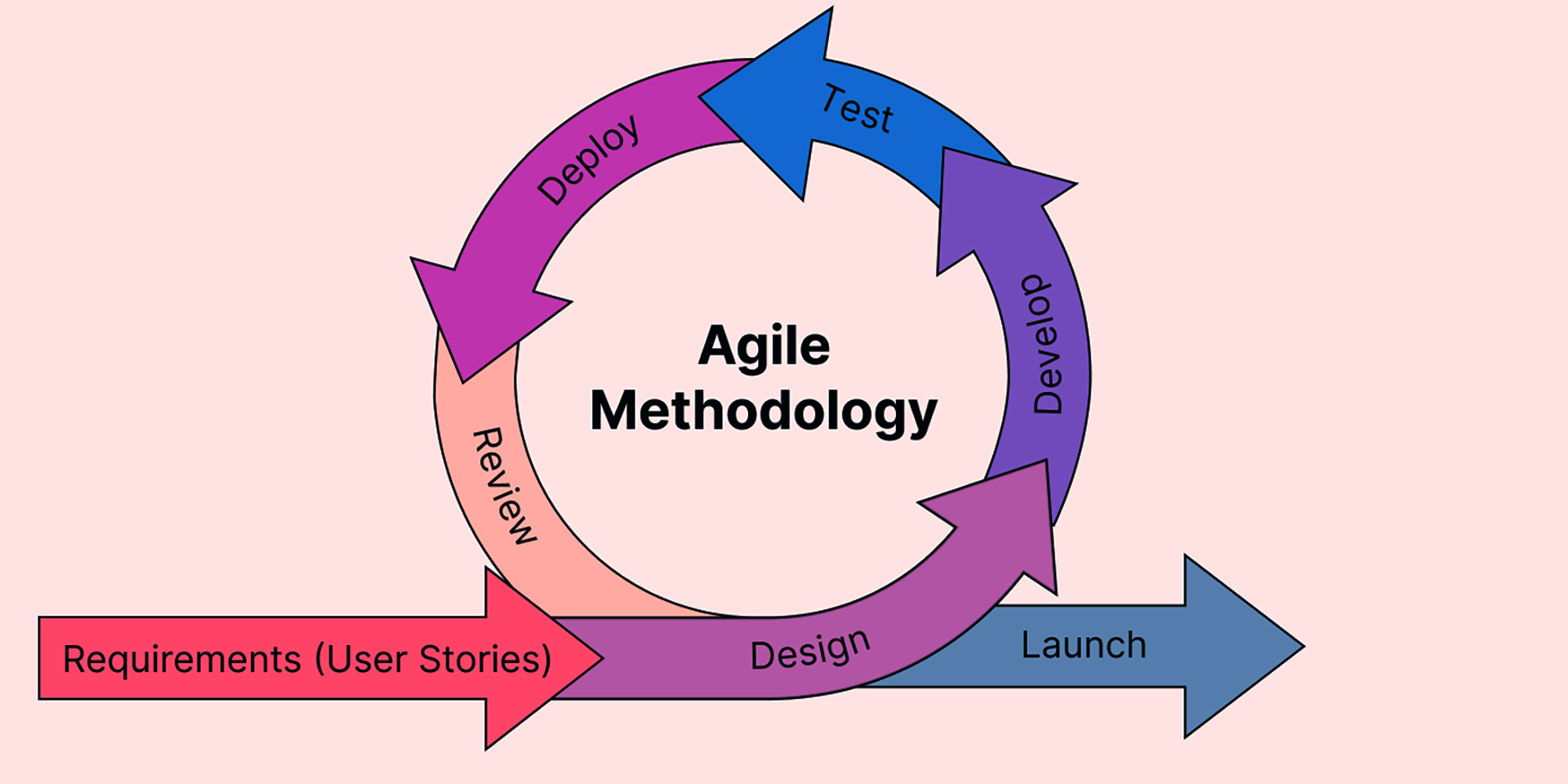Software testing is an essential part of the software development process. It involves the execution of software/system components using manual or automated tools to evaluate one or more properties of interest. Testing helps identify defects or bugs in the software and ensures that it meets the requirements and functions as expected. In this article, we will explore why testing is crucial in software development and discuss different testing methods and best practices.
Why is Testing Important?
1. Ensures Quality
Testing helps ensure the quality of the software by identifying and fixing defects early in the development process. This helps prevent costly rework and ensures that the software meets the requirements and expectations of its users.
2. Enhances Reliability
Testing helps enhance the reliability of the software by identifying and fixing bugs that could cause the software to crash or behave unpredictably. This helps ensure that the software performs as expected in different environments and under different conditions.
3. Improves Security
Testing helps improve the security of the software by identifying vulnerabilities and weaknesses that could be exploited by malicious actors. By addressing these issues early in the development process, developers can create more secure software.
4. Reduces Costs
Testing helps reduce costs by identifying and fixing defects early in the development process. This helps prevent costly rework and ensures that the software is delivered on time and within budget.

Types of Testing
1. Unit Testing
Unit testing involves testing individual units or components of the software in isolation from the rest of the system. It helps ensure that each unit functions correctly and meets its specifications.
2. Integration Testing
Integration testing involves testing the interactions between different units or components of the software to ensure that they work together correctly. It helps identify issues that may arise due to the integration of different components.
3. System Testing
System testing involves testing the software as a whole to ensure that it meets the requirements and functions as expected in different environments and under different conditions.
4. Acceptance Testing
Acceptance testing involves testing the software with end-users to ensure that it meets their requirements and expectations. It helps ensure that the software is ready for release.

Best Practices in Testing
1. Start Early
Start testing as early as possible in the development process to identify and fix defects early.
2. Use Automated Testing
Use automated testing tools to automate repetitive tests and speed up the testing process.
3. Test in Realistic Environments
Test the software in realistic environments that simulate the conditions in which it will be used.
4. Involve Stakeholders
Involve stakeholders in the testing process to ensure that the software meets their requirements and expectations.
The Future of Testing in Software Development
As software development continues to evolve, so too will the field of testing. Several trends are shaping the future of testing, including:
Shift-Left Testing: This approach involves moving testing activities earlier in the development process, allowing for earlier detection and resolution of defects.
Continuous Testing: Continuous testing is becoming more prevalent, with automated tests being run continuously throughout the development process to ensure that the software is always in a releasable state.
AI and Machine Learning in Testing: AI and machine learning are being used to enhance testing processes, with tools that can automatically generate test cases, predict where defects are likely to occur, and analyze test results.
Testing in DevOps: As more organizations adopt DevOps practices, testing is becoming an integral part of the DevOps pipeline, with tests being automated and integrated into the development process.
Increased Focus on Security Testing: With the growing number of cyber threats, security testing is becoming more important, with organizations placing a greater emphasis on ensuring that their software is secure.
Conclusion
Testing is a critical part of the software development process that helps ensure the quality, reliability, and security of the software. By following best practices and using the right testing methods, developers can create high-quality software that meets the needs and expectations of its users.




